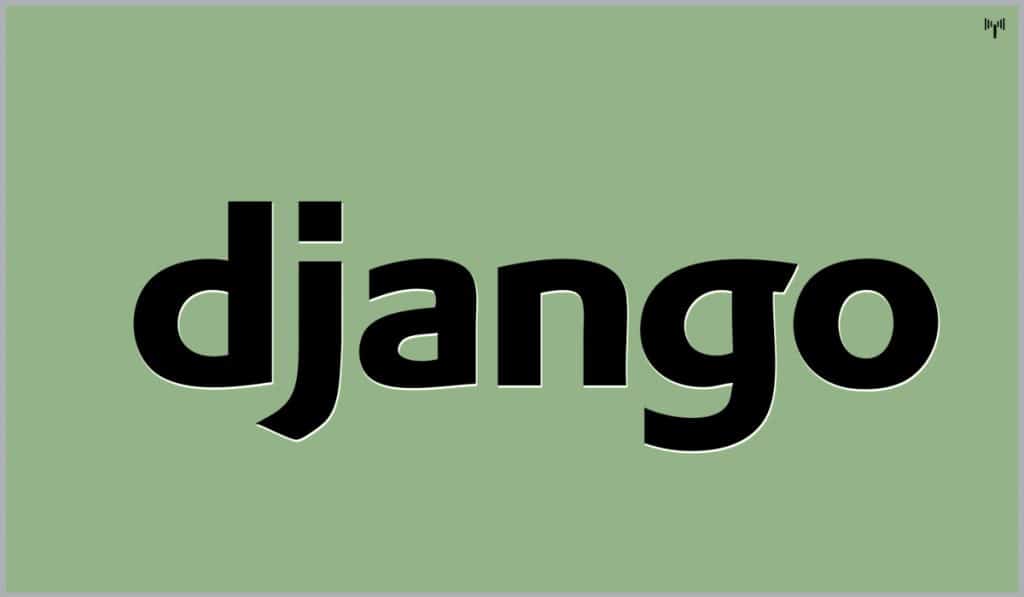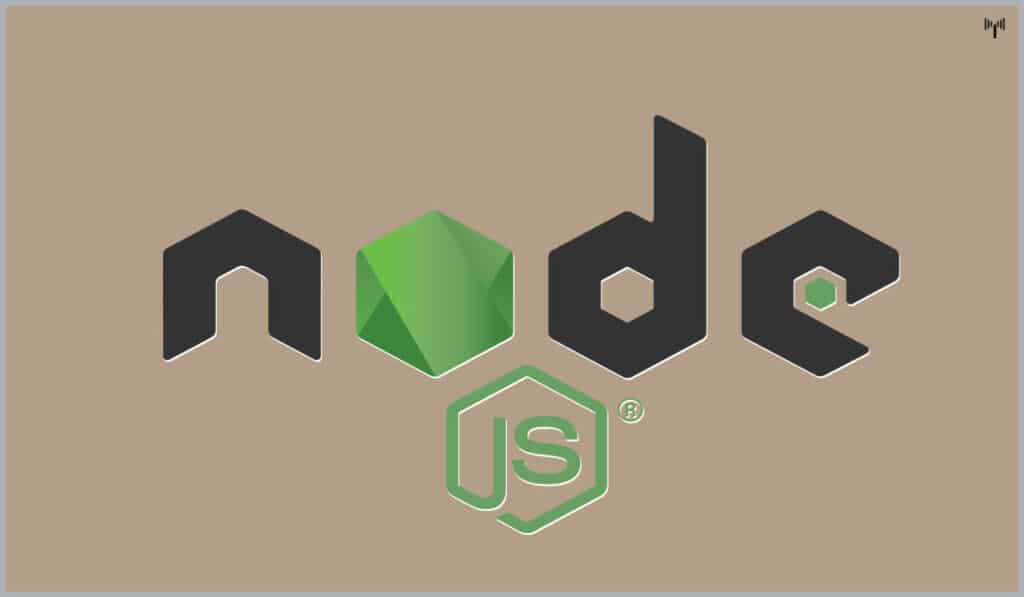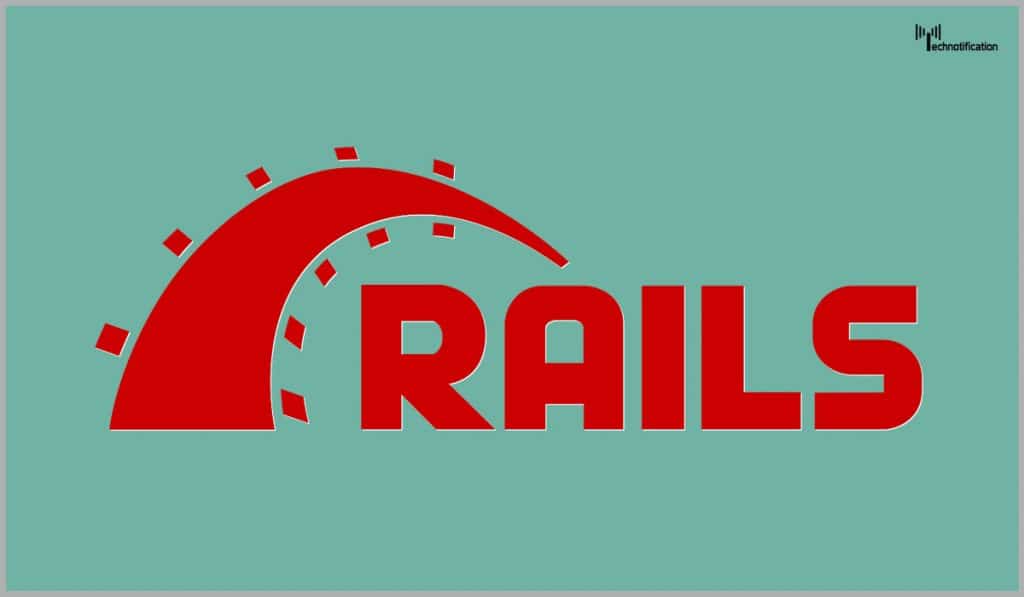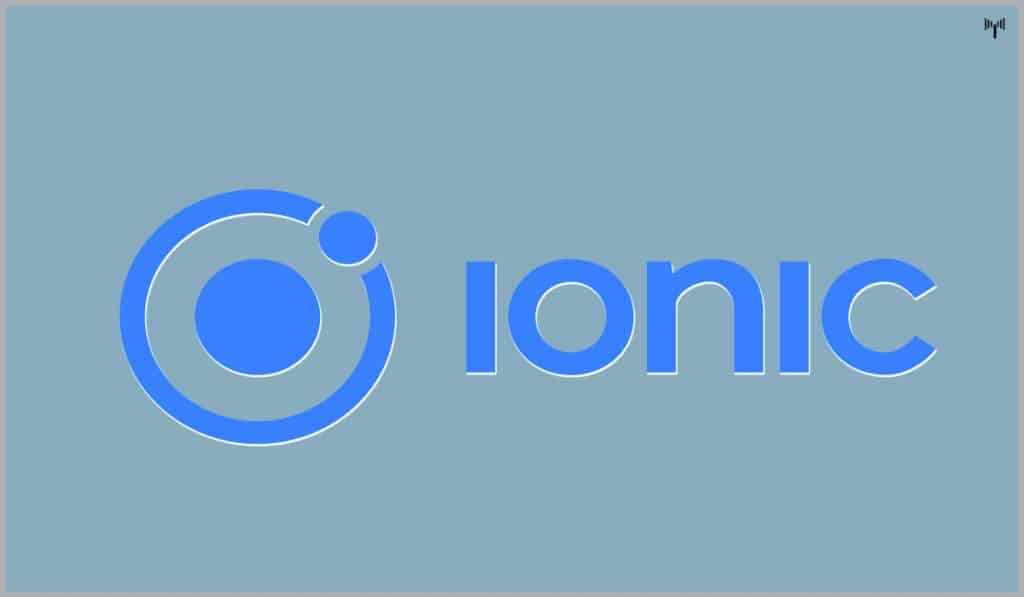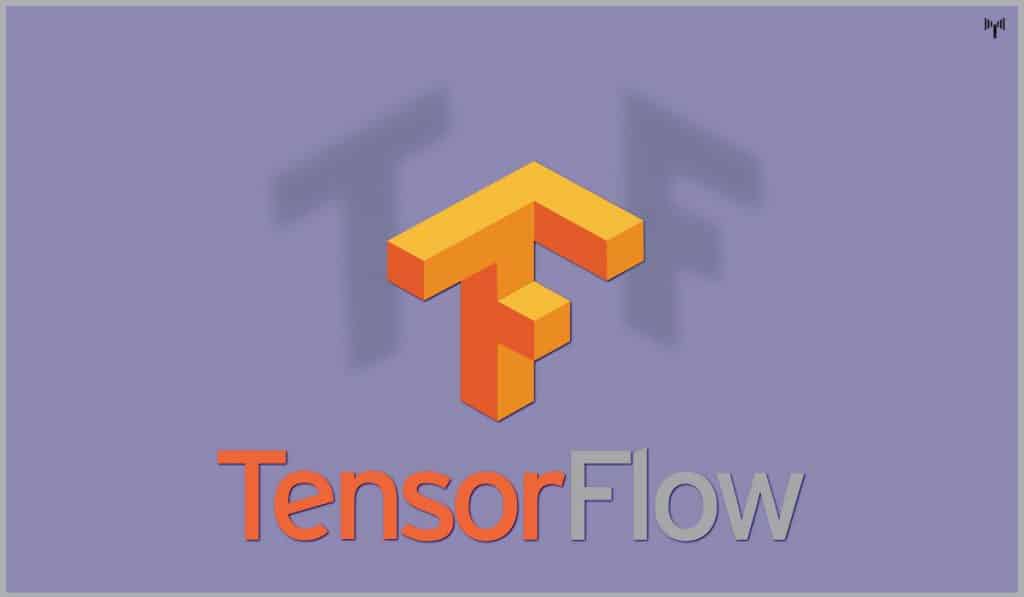But, there’s always been confusing for many beginners to select the right framework. There are many frameworks for developing the same type of application. Without proper knowledge and research, you may end up learning a framework that is no longer useful or required for modern applications. That is the main reason behind this article. Here, I’m going to mention 5 best open source frameworks for developing modern applications.
5 Best Open Source Frameworks For Developers
1. Django
If you are a python programmer and looking for a way to enter web development. Django has all you need. It is a full-stack open-source framework powered by Python. It has all the web development features you’ll ever require for a better website. The framework provides templates, libraries, and APIs designed to work together for connectivity. Django is based on a simple Model-Template-View architecture (Similar to MVC) to divide logic and views. It supports all common databases along with Object Relational Mapper (ORM) to map project objects with database tables. Benefits:
It is an Open Source Framework. Provides full-stack web development. Easy migration and mapping. Good documentation and Big community. Scalable, Suitable for both small and Big applications Used in many big websites like Washington Post, Pinterest, Disqus, and NASA, etc.
2. Node.js
There was a time when Javascript used to be considered as a client-side scripting language for web applications. It used to be embedded in an HTML page and run by a JavaScript engine in the web browser. The node.js framework was created with the idea of unifying web application development around a single programming language, rather than different languages for server side and client side script. So it created JavaScript run-time environment that executes JavaScript code on the server-side. It is now one of the 5 best modern javaScript frameworks for Web and App development. Node.js has an event-driven architecture capable of asynchronous I/O. It aims to optimize throughput and scalability in web applications, chat applications, games, and other software. Benefits:
Node.js is a Free and Open Source framework. It is suitable for developing web, mobile, and browser-based applications. It runs on All major platforms Node.js uses JavaScript on the server. Used by many big companies like Microsoft, PayPal, IBM, Netflix, and Linkedin, etc.
3. Ruby on Rails
Ruby on Rails or Rails is an open-source, server-side web application framework written in Ruby programming language. Rails support full-stack development, which supports both the front-end and back-end. It encourages the use of popular software engineering patterns and paradigms i.e. convention over configuration (CoC), doesn’t repeat yourself (DRY), and the active record pattern. All major web development frameworks either copied or borrowed the idea from Ruby on Rails because of its success and popularity. Benefits:
4. Ionic Framework
Ionic Framework is a 100% free and open source project for complete multi-platform hybrid mobile app development. It is built on top of AngularJS and Apache Cordova. Ionic provides tools and services for developing hybrid mobile apps using Web technologies like CSS, HTML5, and Sass. You can build progressive web and native mobile apps for every major operating system, with a single codebase. Ionic uses native SDKs to bring the UI standards and device features of native apps together with the full power and flexibility of the open web. It uses Cordova or PhoneGap to deploy natively or runs in the browser as a Progressive Web App. There are over 120 native device features like Bluetooth, HealthKit, Finger Print Auth, and more with Cordova/PhoneGap plugins and TypeScript extensions. Benefits:
Free, open-source, and fully cross-platform. First-class documentation and a wide community. Requires knowledge of HTML 5, JS, and CSS only. Efficient hardware accelerated transitions for best performance.
5. TensorFlow
TensorFlow is an open-source library for carrying out numerical computations using data flow graphs. It was developed and released by the Google Brain team under the Apache 2.0 open source license. The framework is written in Python, C++, and CUDA. It features a symbolic math library and is used for machine learning applications such as neural networks. TensorFlow has an architecture that allows computation on any CPU or GPU, desktop, server, or even mobile and edge devices. Benefits:
It’s suitable for Machine Learning, Deep Learning, or AI development Open Source, Free, and Widely Compatible. Used by Google, Nvidia, AMD, Uber, and Intel, etc.
Note: Like any other top-list article on the internet, this is an opinion. The frameworks are ranked on various parameters like Update time, Community support, Ease of use, compatibility, and acceptability, etc. It’s ok if you do not find your favorite frameworks in this list. If you think I missed a really good one, please take time and comment below to let us know.
